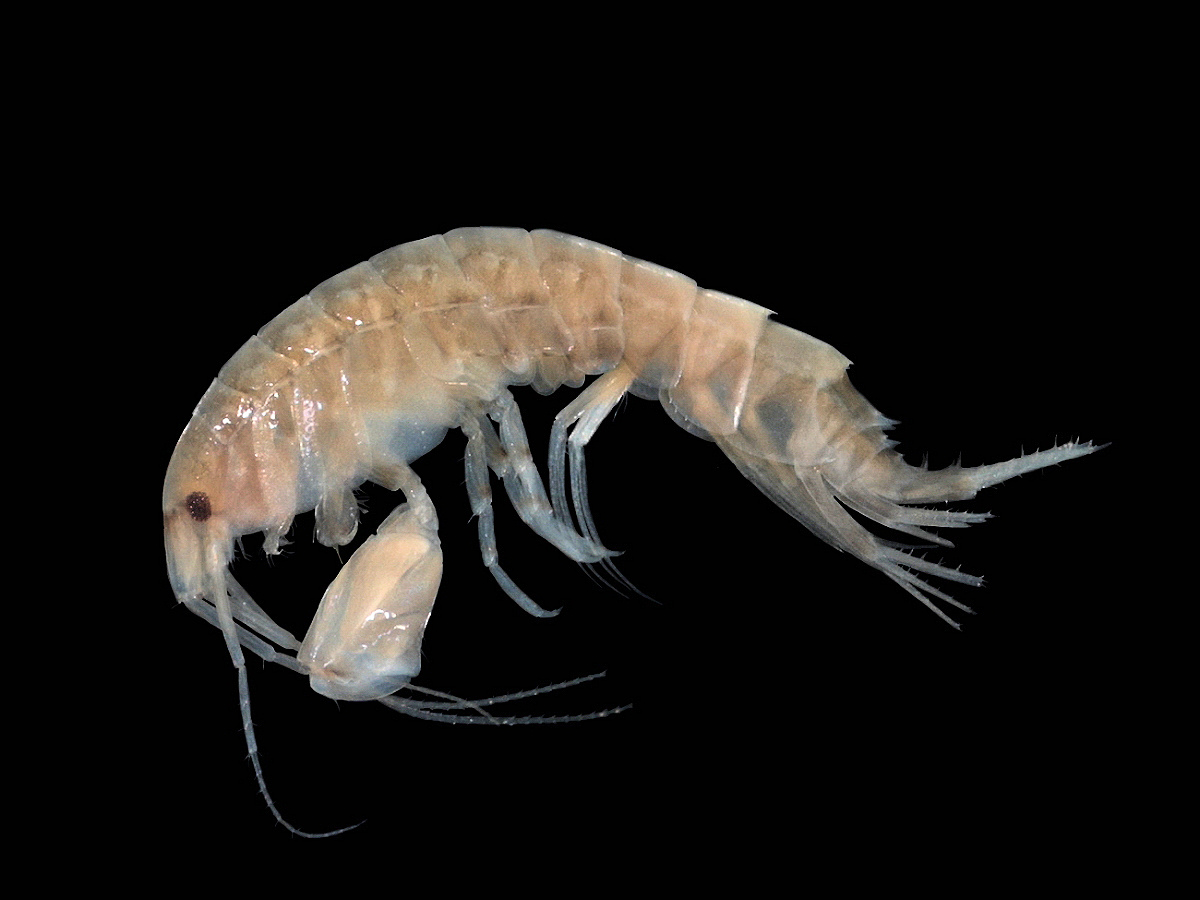|
Neolepadidae
Neolepadidae is a family of crustaceans belonging to the order Scalpellomorpha. Genera: * '' Ashinkailepas'' Yamaguchi, Newman & Hashimoto, 2004 * '' Leucolepas'' Southward & Jones, 2003 * '' Neolepas'' Newman, 1979 * † '' Stipilepas'' Carriol, 2016 * ''Vulcanolepas ''Vulcanolepas'' is a genus of crustaceans belonging to the family Neolepadidae. The species of this genus are found in Malesia and New Zealand. Species: *''Vulcanolepas buckeridgei'' *''Vulcanolepas fijiensis'' *''Vulcanolepas osheai'' *''Vu ...'' Southward & Jones, 2003 References {{Taxonbar, from=Q21231820 Maxillopoda Crustacean families ... [...More Info...] [...Related Items...] OR: [Wikipedia] [Google] [Baidu] |
Vulcanolepas
''Vulcanolepas'' is a genus of crustaceans belonging to the family Neolepadidae. The species of this genus are found in Malesia and New Zealand. Species: *''Vulcanolepas buckeridgei'' *''Vulcanolepas fijiensis'' *''Vulcanolepas osheai'' *''Vulcanolepas parensis'' References Crustacean genera {{Crustacean-stub ... [...More Info...] [...Related Items...] OR: [Wikipedia] [Google] [Baidu] |
Scalpellomorpha
Scalpellomorpha is an order of acorn barnacles in the class Thecostraca. There are about 11 families in 3 superfamilies and more than 450 described species in Scalpellomorpha. Families : Order Scalpellomorpha Buckeridge & Newman, 2006 :: Superfamily Lepadoidea Chan et al., 2021 ::: Family Heteralepadidae Nilsson-Cantell, 1921 ::: Family Lepadidae Lepadidae is a family of goose barnacles, erected by Charles Darwin in 1852. There are about five genera and more than 20 described species in Lepadidae. Genera These genera belong to the family Lepadidae: * '' Conchoderma'' von Olfers, 1814 (wh ... Darwin, 1852 ::: Family Malacolepadidae Hiro, 1937 ::: Family Poecilasmatidae Annandale, 1909 ::: Family Rhizolepadidae Zevina, 1980 :: Superfamily Neolepadoidea Chan et al., 2021 ::: Family Neobrachylepadidae Newman & Yamaguchi, 1995 ::: Family Neolepadidae Yamaguchi, Newman & Hashimoto, 2004 ::: Family Neoverrucidae Newman, 1989 in Hessler & Newman, 1989 ::: Family Probathylepa ... [...More Info...] [...Related Items...] OR: [Wikipedia] [Google] [Baidu] |
Crustacean
Crustaceans (Crustacea, ) form a large, diverse arthropod taxon which includes such animals as decapods, seed shrimp, branchiopods, fish lice, krill, remipedes, isopods, barnacles, copepods, amphipods and mantis shrimp. The crustacean group can be treated as a subphylum under the clade Mandibulata. It is now well accepted that the hexapods emerged deep in the Crustacean group, with the completed group referred to as Pancrustacea. Some crustaceans ( Remipedia, Cephalocarida, Branchiopoda) are more closely related to insects and the other hexapods than they are to certain other crustaceans. The 67,000 described species range in size from '' Stygotantulus stocki'' at , to the Japanese spider crab with a leg span of up to and a mass of . Like other arthropods, crustaceans have an exoskeleton, which they moult to grow. They are distinguished from other groups of arthropods, such as insects, myriapods and chelicerates, by the possession of biramous (two-parted) l ... [...More Info...] [...Related Items...] OR: [Wikipedia] [Google] [Baidu] |
Maxillopoda
Crustaceans (Crustacea, ) form a large, diverse arthropod taxon which includes such animals as decapods, seed shrimp, branchiopods, fish lice, krill, remipedes, isopods, barnacles, copepods, amphipods and mantis shrimp. The crustacean group can be treated as a subphylum under the clade Mandibulata. It is now well accepted that the hexapods emerged deep in the Crustacean group, with the completed group referred to as Pancrustacea. Some crustaceans (Remipedia, Cephalocarida, Branchiopoda) are more closely related to insects and the other hexapods than they are to certain other crustaceans. The 67,000 described species range in size from '' Stygotantulus stocki'' at , to the Japanese spider crab with a leg span of up to and a mass of . Like other arthropods, crustaceans have an exoskeleton, which they moult to grow. They are distinguished from other groups of arthropods, such as insects, myriapods and chelicerates, by the possession of biramous (two-parted) limbs, and by their ... [...More Info...] [...Related Items...] OR: [Wikipedia] [Google] [Baidu] |

